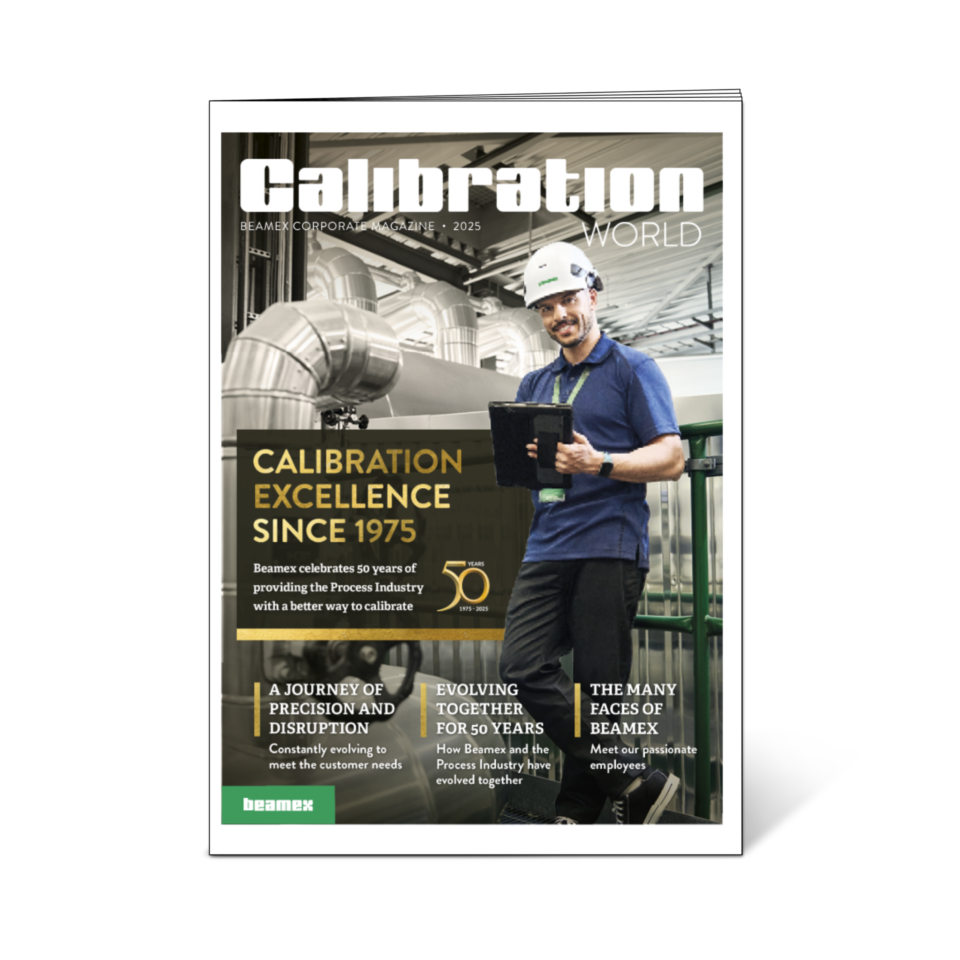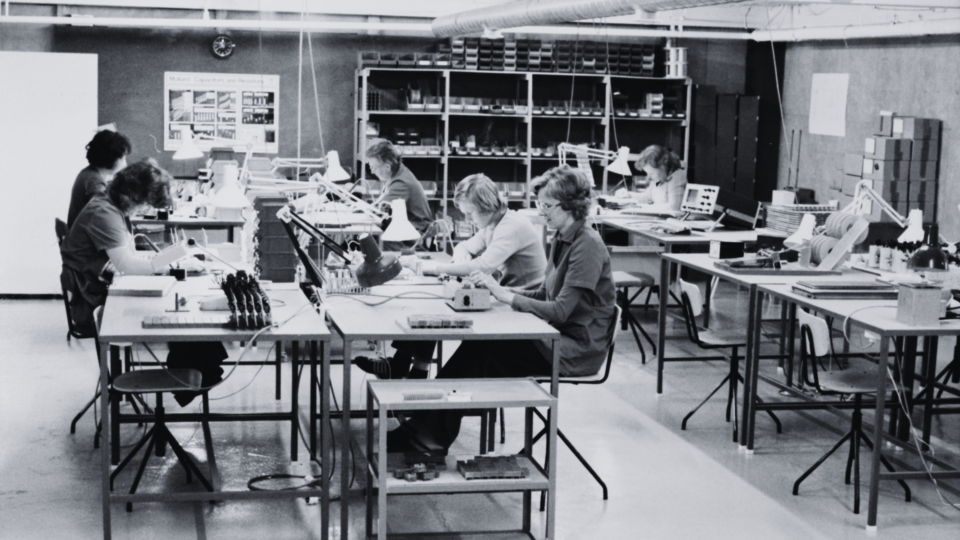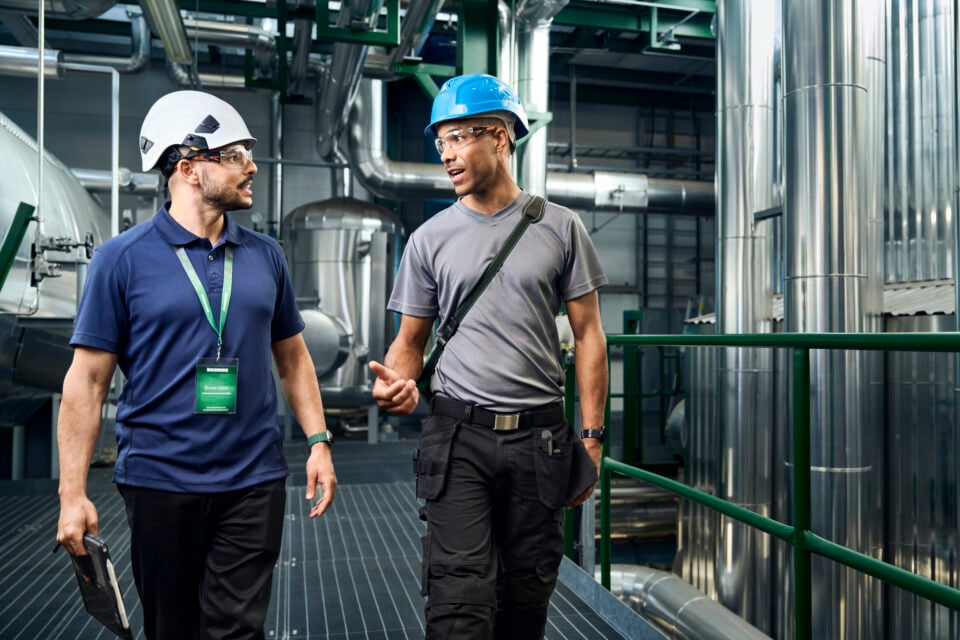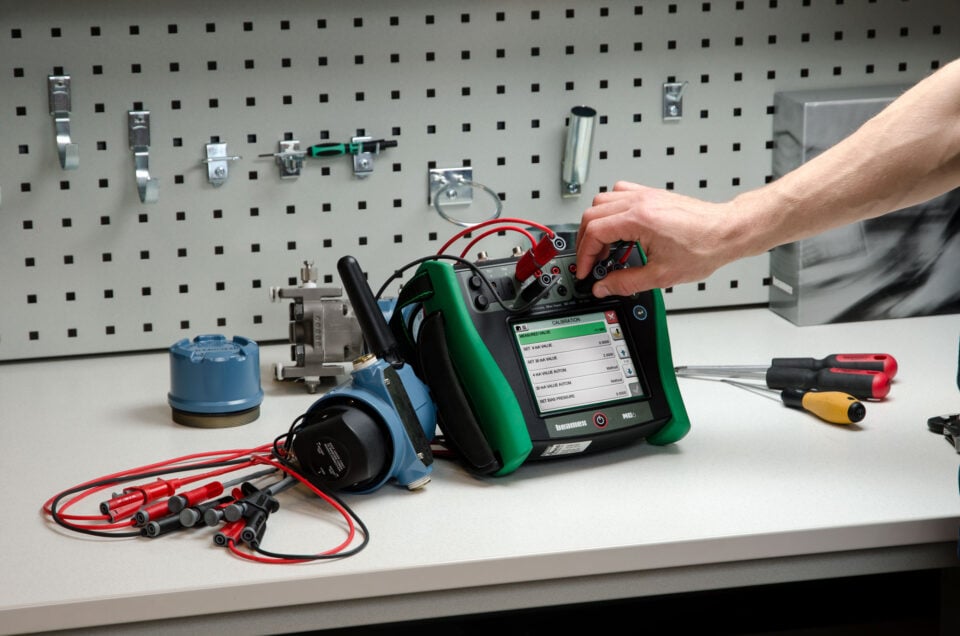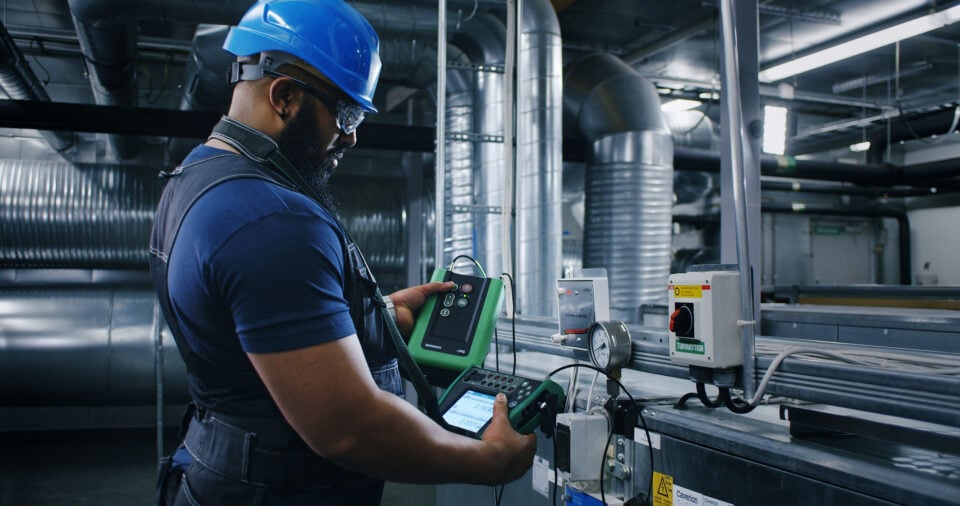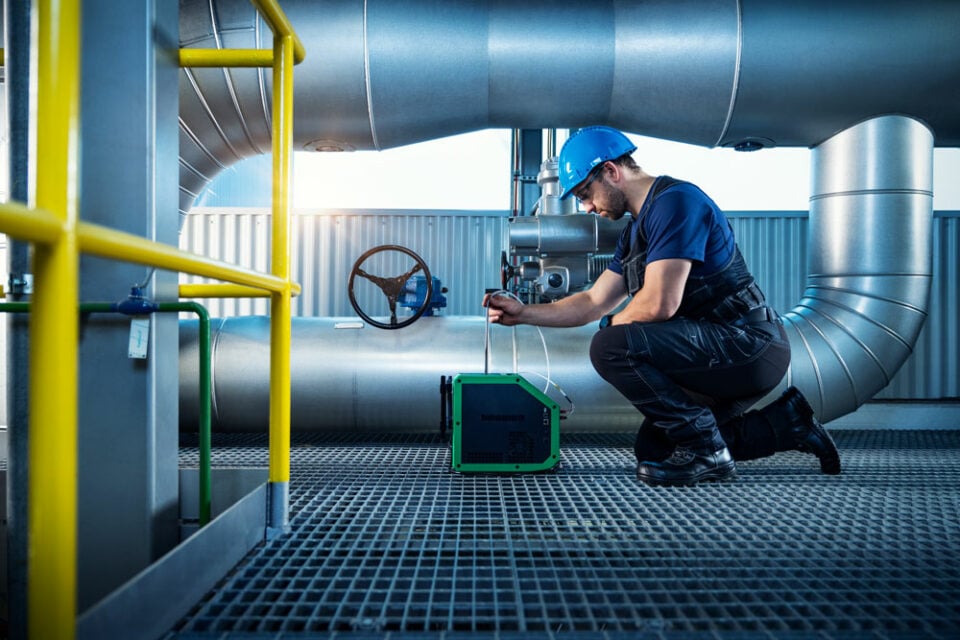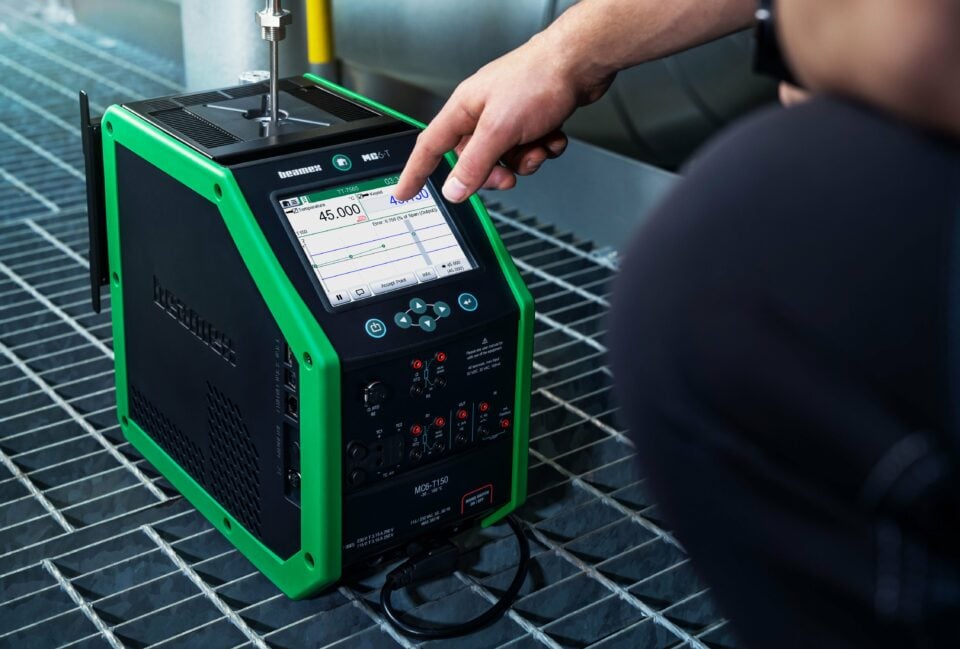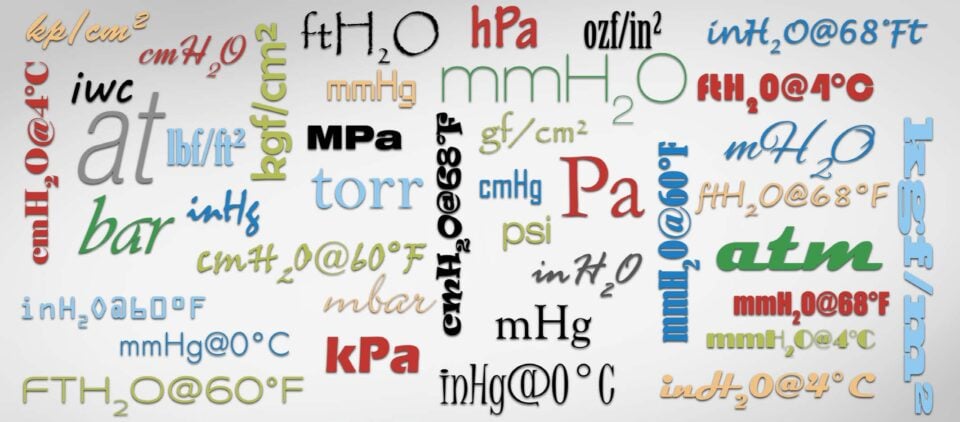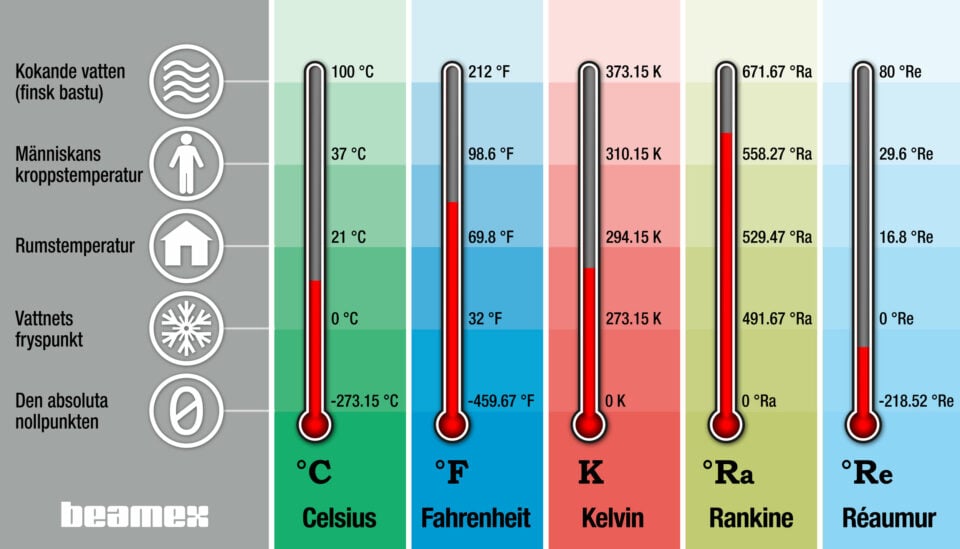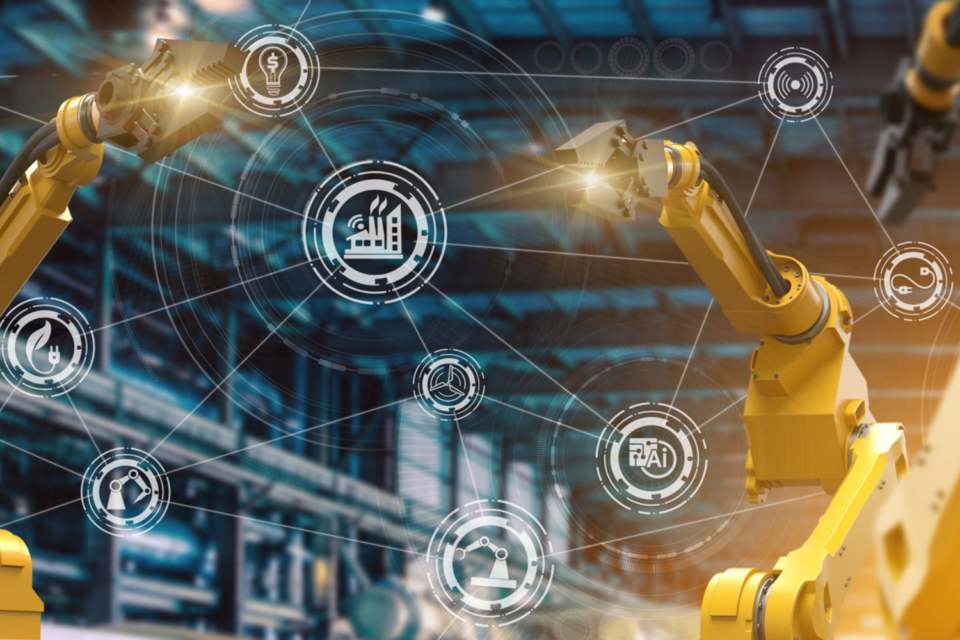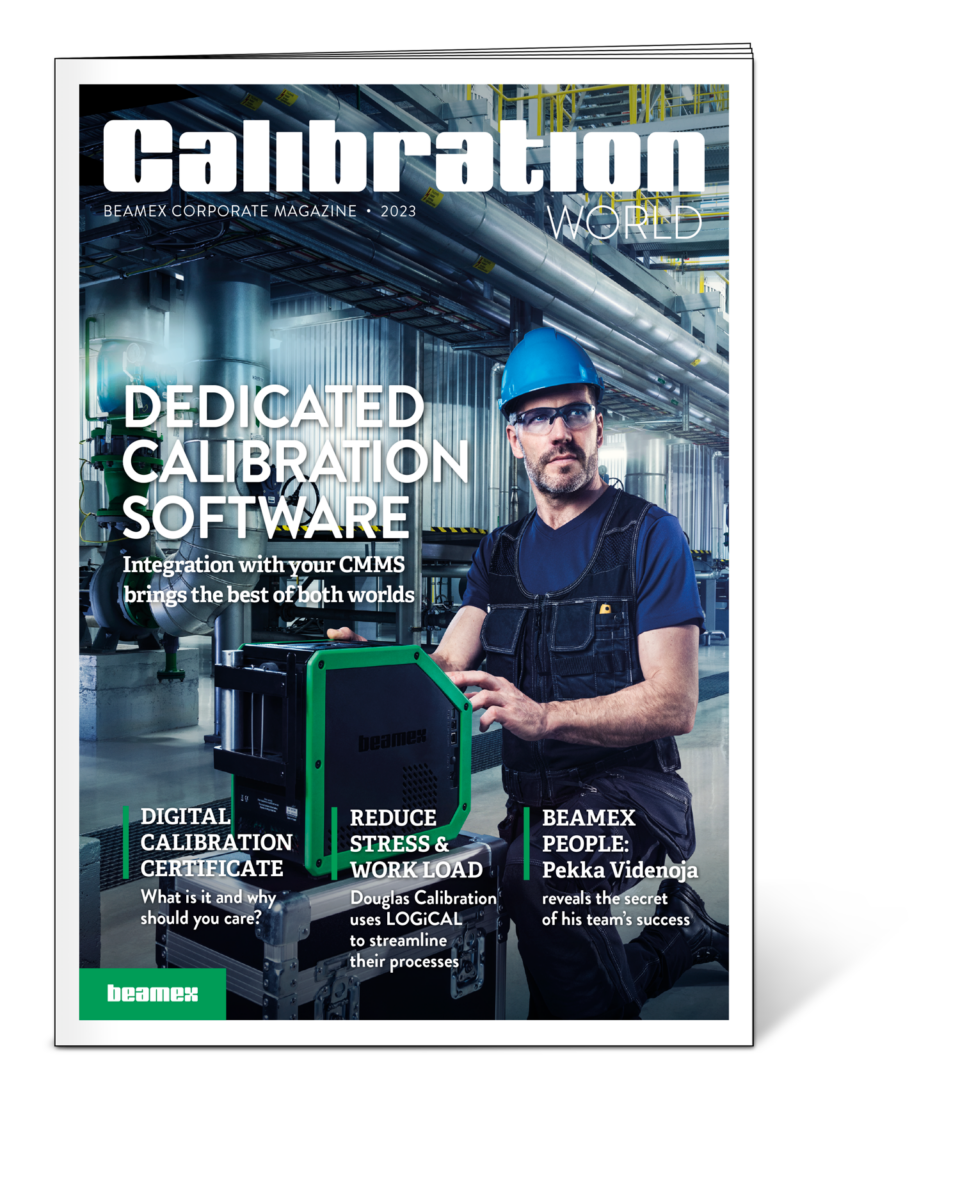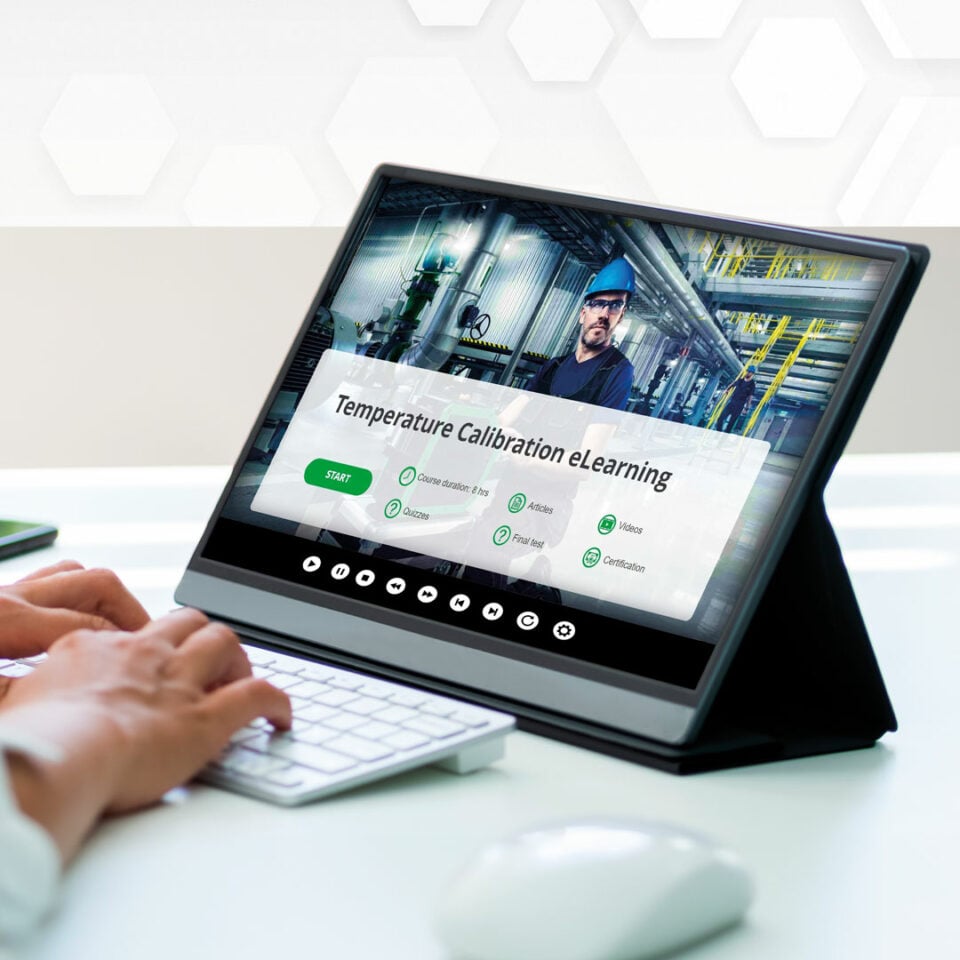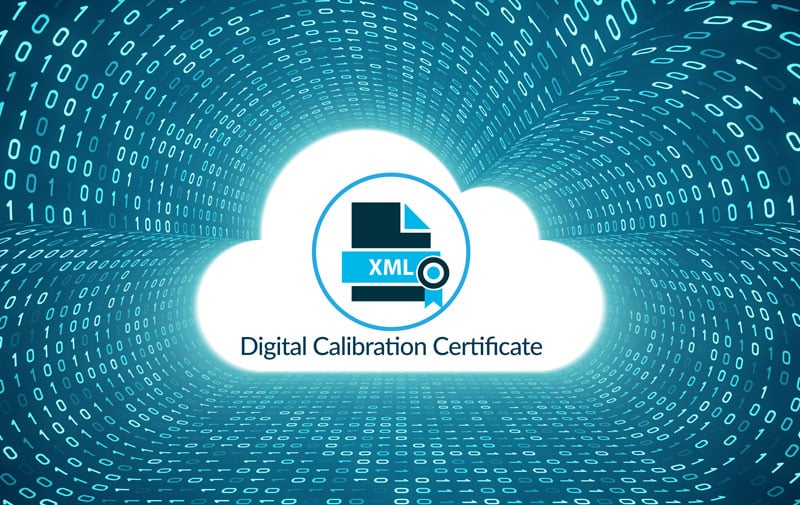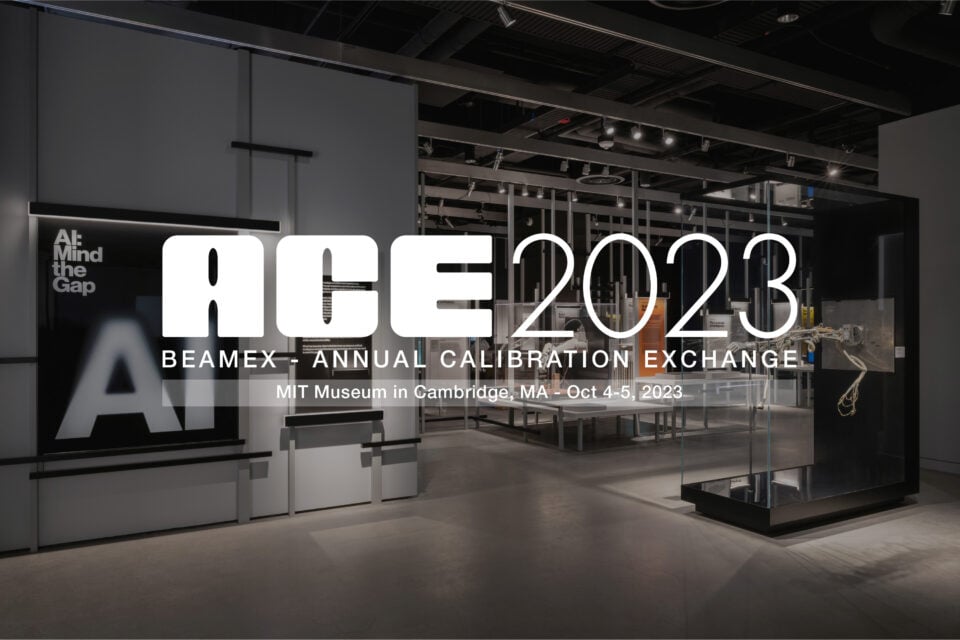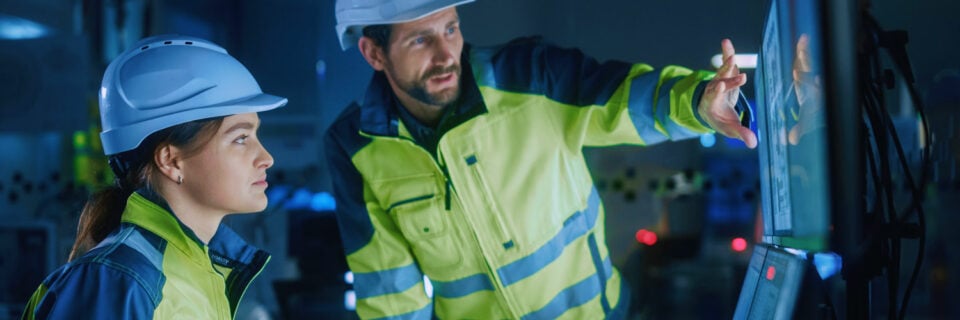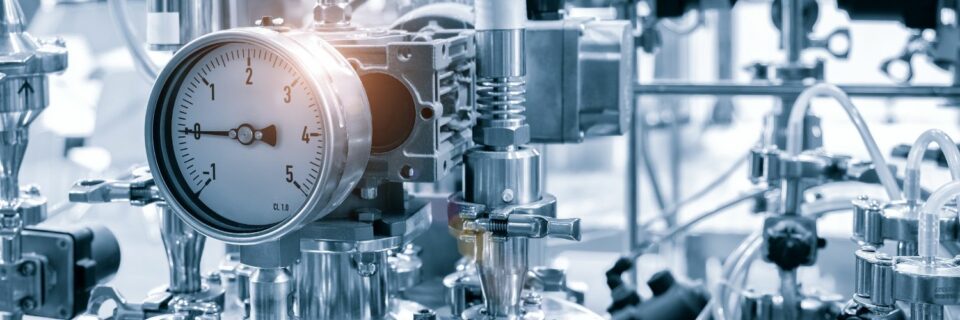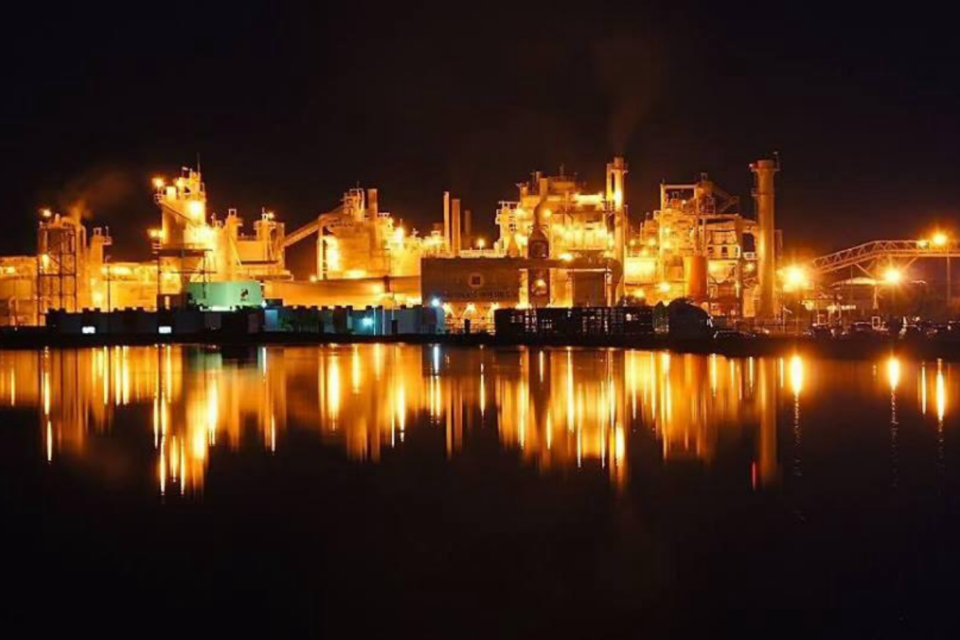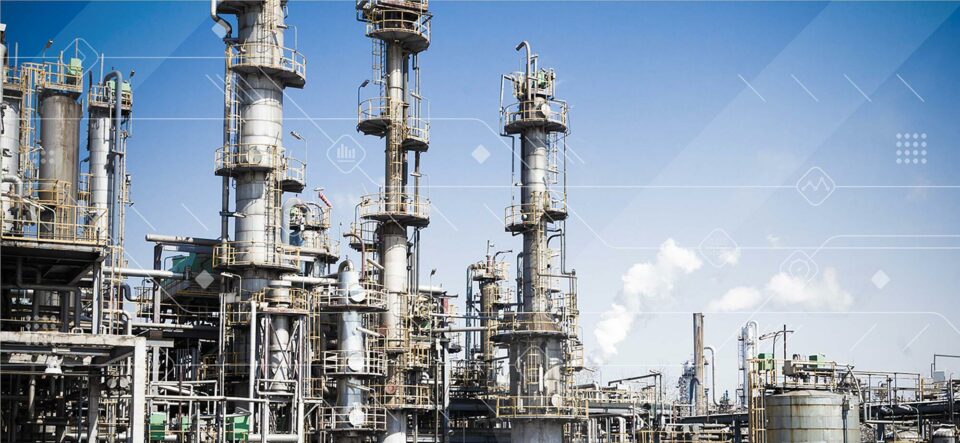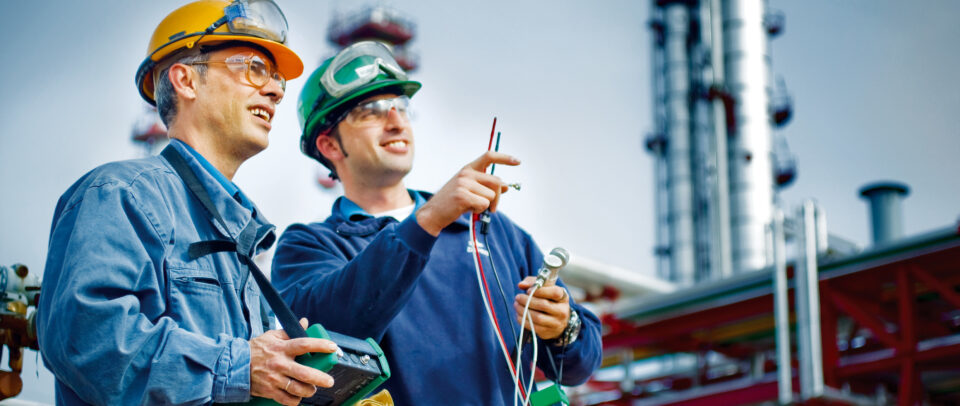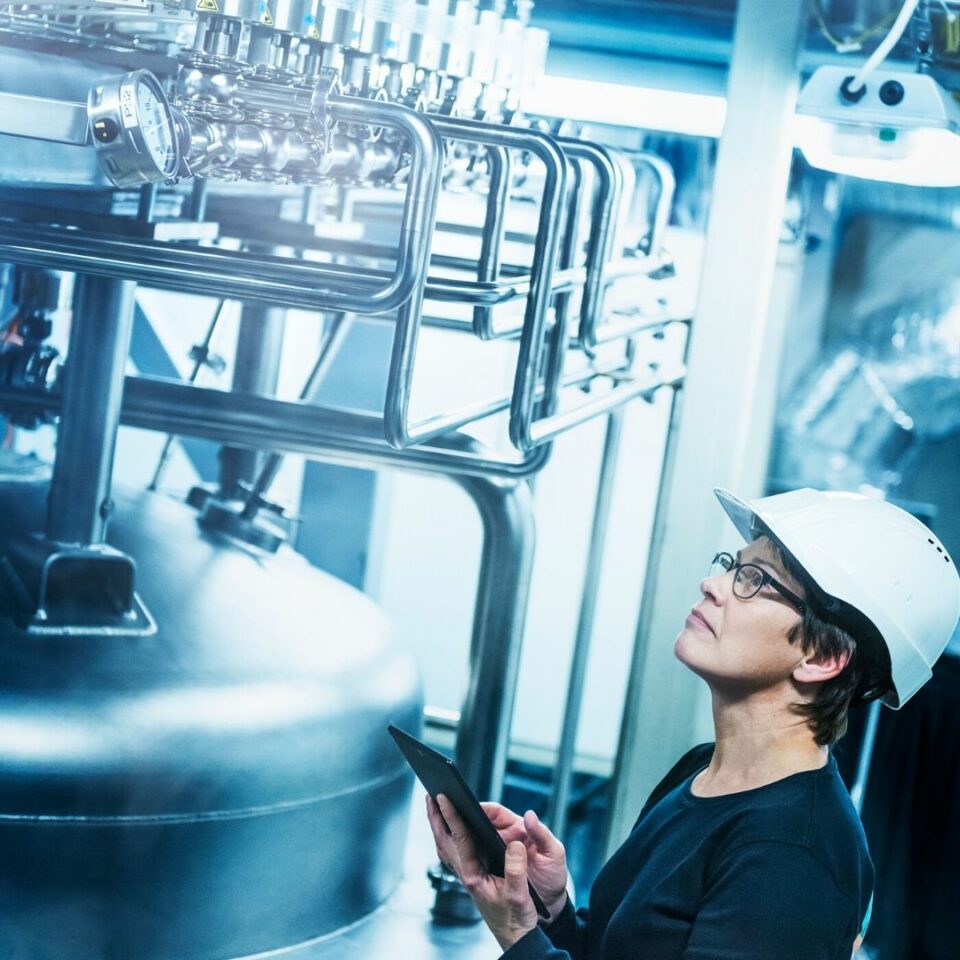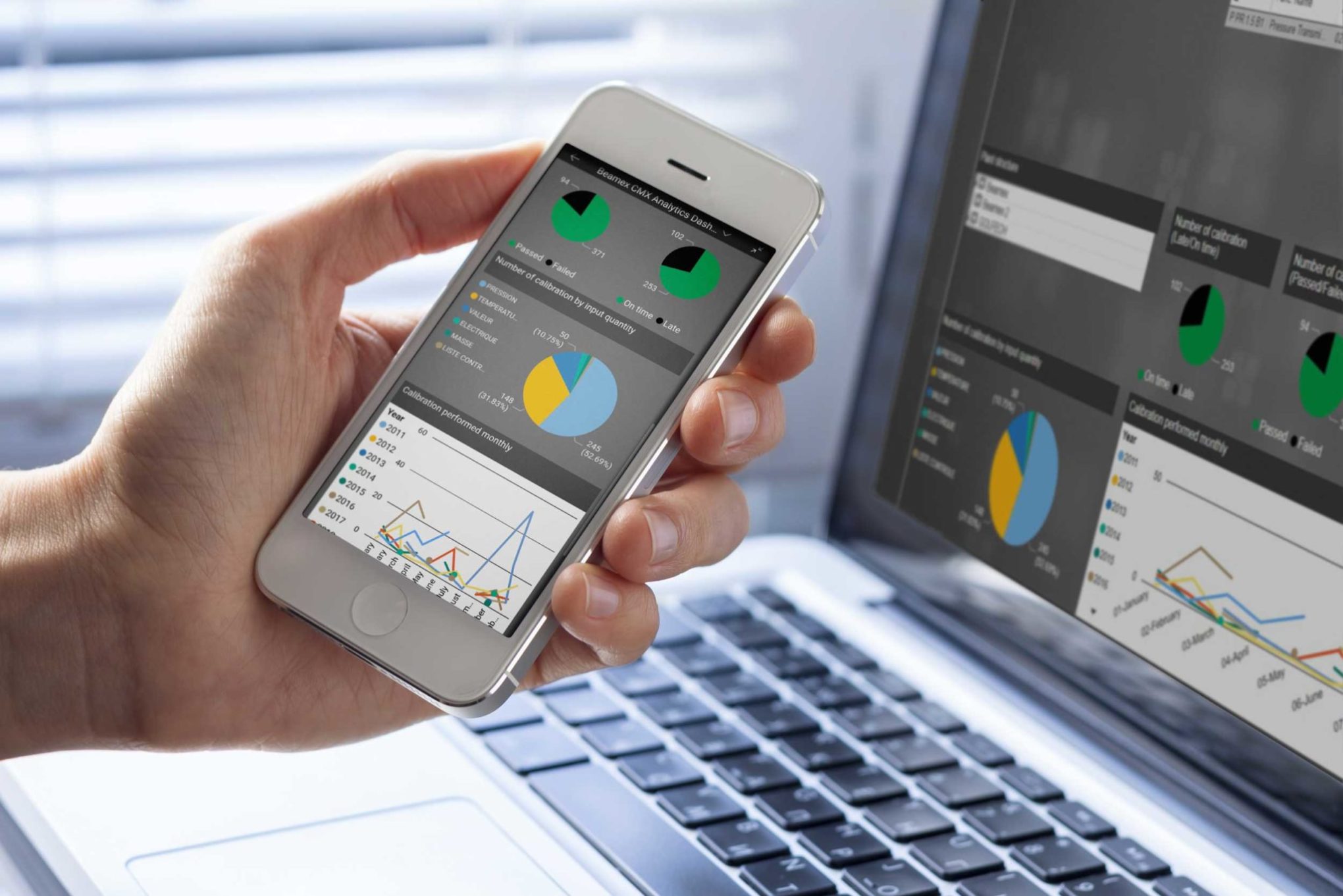
Beamex article
Automated Calibration Changes the Game in the Fine Chemicals Industry
The fine chemicals industry typically relies on batch production of small volumes of high-value products. While process efficiency and waste minimization are key to remaining competitive, safety remains the number one priority – and digitalization offers potential solutions to all of these challenges.
One promising area for the application of digital solutions is automated calibration, which cuts down the number of steps needed compared with traditional, manual paper-based processes. In a traditional process, a work order is printed out, a technician looks up the correct instrument, downloads the needed information, visits the plant to perform the calibration, stores the results, and then prints and signs a paper certificate. If results need to be entered into a management system, this is also done manually.
In an automated system, this process looks very different. Work orders are created in the central management system instead of printed, all the needed info is automatically downloaded to the calibrator, and the calibration results are transmitted in digital format back into the central management system. This creates an error and tamper-proof digital record of the calibration.
The benefits of automated calibration
Beamex’s automated calibration solution is a combination of hardware, software, and expertise that brings a wide range of benefits to the fine chemicals industry:
- In addition to supporting safety by ensuring that all instruments are calibrated correctly, automation saves time by cutting the number of calibration steps from seven or more down to just four. This also speeds up the setup process for new batch production, resulting in faster ramp-up and cost-efficiency benefits.
- Automation ensures data integrity through automatic electronic data storage and transfer, removing the possibility of human error when transferring calibration results from calibrators back to the central management system.
- The risk of human error is reduced and less training is needed as the system recommends which calibrator to use and the calibrators themselves provide step-by step guidance for users.
- Querying centrally stored digital records is much easier than hunting for information hidden away in siloed paper binders and provides a clear audit trail.
- Digitalization enables data analysis and analytics. This not only improves visibility into the processes at a given plant, but it also helps to identify the most appropriate intervals for conducting critical calibrations.
- Data from automated calibrations can be integrated with ERP systems, helping management to understand what’s going on and enabling them to make more informed decisions.
Embracing change in processes
Harnessing the full benefits of digitalization requires cultural change and integrating new processes. It’s not sufficient to simply purchase new calibration equipment or calibration software and assume that this will do the job. Instead, companies should analyze every step of their calibration process and, with the help of a suitable solution and expertise, find ways to improve it. To ensure a good return on investment, the relevant people need to be onboarded and trained to make sure they know how to use the new system and are motivated to adopt it in their daily work. Beamex has decades of experience working with the chemicals industry to roll out automated calibration solutions and can support customers with every step of this process.
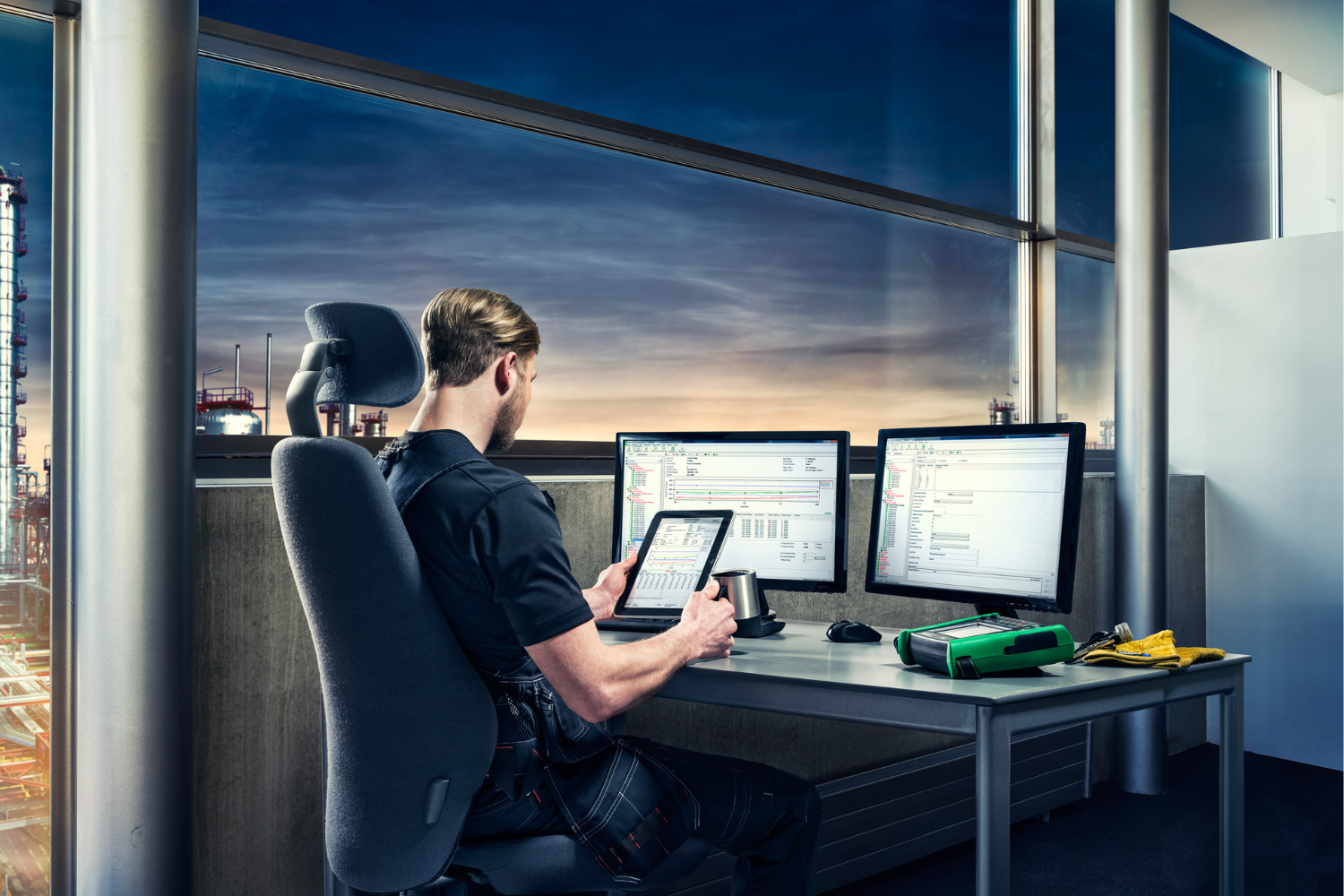
Smart, safe, compliant – the benefits of automated calibration
Read how automated calibration can help with chemical industry challenges: ensuring compliance, optimizing efficiency, improving sustainability and minimizing waste.
